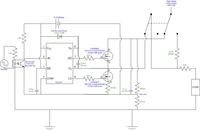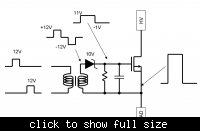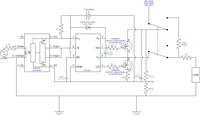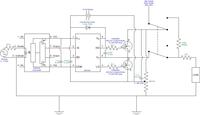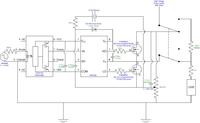- Joined
- Jan 22, 2008
- Messages
- 52,389
- Helped
- 14,747
- Reputation
- 29,776
- Reaction score
- 14,091
- Trophy points
- 1,393
- Location
- Bochum, Germany
- Activity points
- 297,954
Your missing the voltage translation on the OP input. Also I don't see, how the said "phantom powering" should work, except from the input signal through parasitic diodes. But it would be too low in this case.
Operating the IR2104 on top of the 400V is basically a good idea, but would need a suitable level shifter or fast opto coupler on the logic input. And a floating power supply, e.g. by a galvanically isolated DC/DC converter.
Operating the IR2104 on top of the 400V is basically a good idea, but would need a suitable level shifter or fast opto coupler on the logic input. And a floating power supply, e.g. by a galvanically isolated DC/DC converter.
